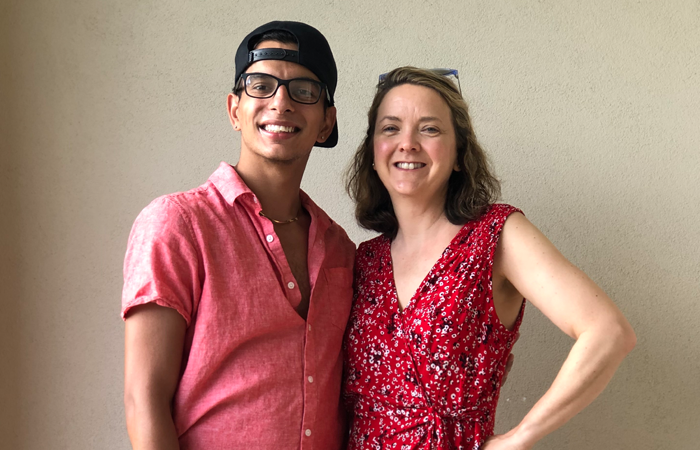As a result of new legislation designed to move children from foster care into permanency more quickly, a growing number of older children are being placed into new families. What do the parents of older children aged 9 to 12 need to know about the needs of a child at this age? How can they make joining a new family easier?
Pre-adolescence is a time of change. New or prospective parents need to recognize that the child joining their family is changing cognitively, emotionally, and socially. By understanding these developmental changes and following a few practical tips, parents can minimize the stress associated with the move to a new family and environment.
Cognitive Changes
Unlike their younger counterparts, pre-adolescents are entering a stage in development where they are able to think and reason more abstractly. As a result, they no longer see the world purely through their own eyes. Some children of this age may have developed a level of insight that allows them to recognize that their birth parents have problems–problems that they are not the cause of. They are also better able to draw out “what if” scenarios to seemingly logical conclusions. As a result, they may ask difficult questions that must be answered truthfully and completely.
Emotional Changes
Pre-adolescence is a complex age for children as they begin to pull away from their families and move toward greater independence, and at the same time struggle to hang on to childhood. Much of who they are–their identity and their self-esteem–is connected to their birth family. If they don’t like what they see in their birth families–and therefore in themselves–the threat to their developing self-concept can be serious. At the same time, criticism of their birth family can create loyalty conflicts in the new home and further contribute to self-esteem issues. Moving into an adoptive placement at this age can be particularly embarrassing for a child. The community in which the family lives is aware that this child does not belong to the family by birth. Children this age don’t want to be singled out as different.
Social Changes
In most cases a child moving into a new family leaves friendships behind. Because the 9- to 12-year-old child’s social world has grown to include people outside the family, losing these contacts can affect adjustment into a new home. Again, the child’s response to the status of “being adopted” can affect his ability to form new and trusting relationships with peers.
Tips to Lessen the Trauma
Because of their excitement, adoptive parents often want the child to move as quickly as possible into their home. They forget that the child needs time emotionally to transition from his or her foster home to the new home.
- Plan pre-placement visits. Children need to be introduced to their new family and home a little at a time. Introduce the youngster to extended family members one or two at a time during pre-placement visits rather than having a “welcoming party” with a roomful of strangers. Plan visits to the new home, neighborhood and school incrementally to minimize stress for the child.
- Move at the child’s pace. Early pre-placement visits should be held in an environment familiar to the child: his foster home, a familiar park, etc. Gradually, parents can add elements of the new setting as well. Limit visits to a time length the youngster can manage without exhaustion or anxiety.
- Prevent unnecessary losses. A child will do best making the stressful adjustment when his history is remembered and important and significant people are still available to him or her (foster parents, friends).
- Understand the child’s need for cultural continuity. Ease the stress of a cross-cultural move by inquiring about the child’s previous experiences–including discipline methods of former caregivers, hygiene practices, life style, communication practices with adults, etc. This effort will help the child transition more easily into the home and let him know that his culture is valued.
- Listen to what the child is saying–verbally and non-verbally. One issue for many children moving into adoption is that no one ever asks them how they feel about what is happening to them. Communicating with your youngster will help her express feelings and give her some sense of control over what is happening.


